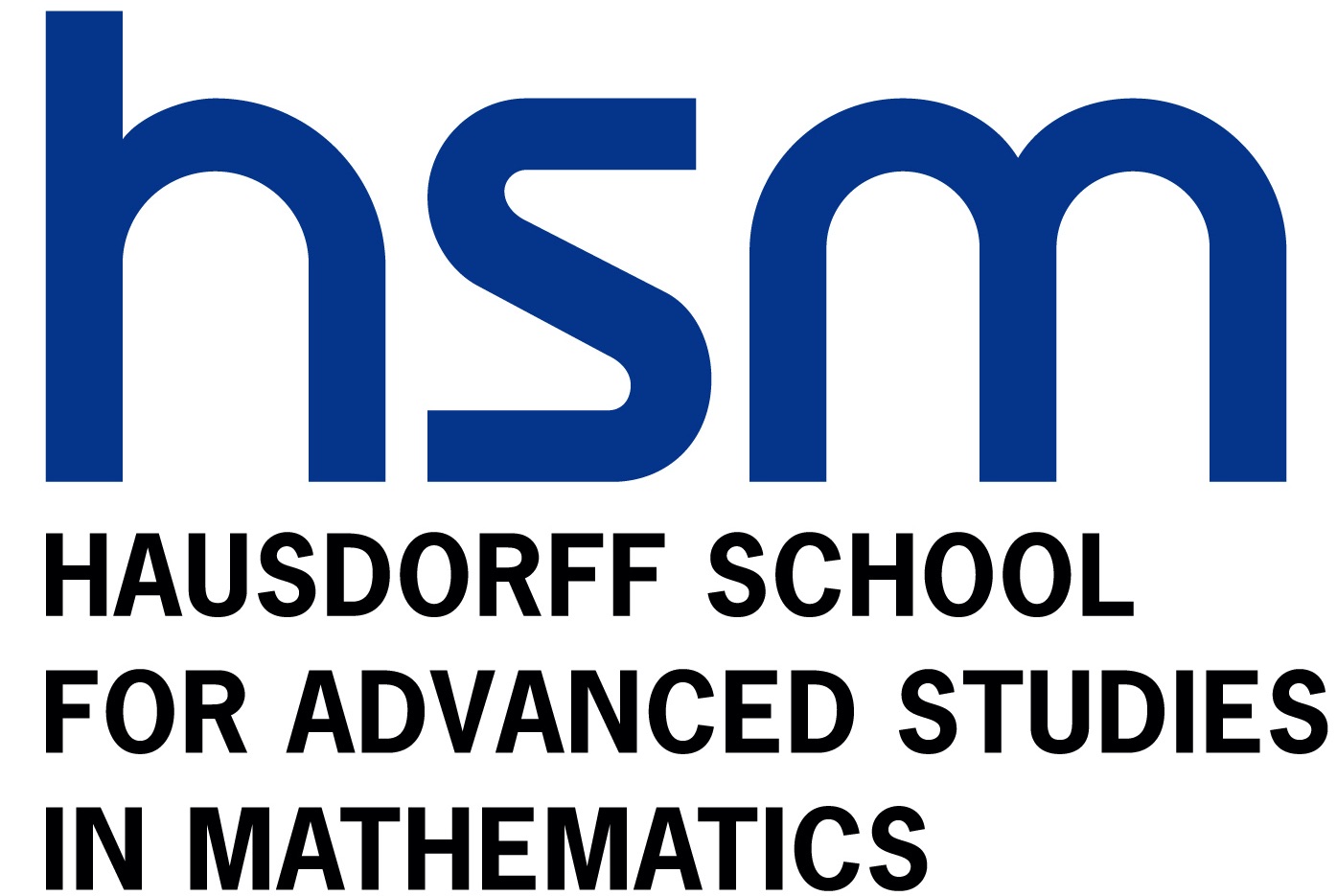Title: Commutators and oscillatory norms
Abstract: The commutator of two operators S and T is the expression [S, T] = ST-TS. A widely studied case of particular interest in harmonic analysis is when T is a singular integral operator and S is a pointwise multiplier by a function b. Even if such operators do not usually commute, there is still delicate cancellation between the two terms, so that the commutator may give rise to a bounded operator on various function spaces even when the individual terms do not. It is also interesting to observe situations with essentially no cancellation. For many singular integrals T and function spaces, one can precisely characterize the boundedness of the commutator [b, T] in terms of different oscillatory norms of the function b.
The plan of the lectures is to present several approaches to these results, both classical (sharp maximal function estimates, Cauchy integral trick and weighted norm inequalities) and relatively recent ones (sparse/convex-body domination, dyadic representation and paraproducts for sufficiency; approximate weak factorization, median method for necessity). We also discuss an interesting connection to the problem of finding an unknown vector-valued function with a prescribed Jacobian determinant.
Resumé of the Lecturer: Tuomas Hytönen is Professor at Aalto University, Finland, since 2024. He obtained his doctorate from the Helsinki University of Technology in 2003 and was previously Professor at the University of Helsinki in 2015–2023. Hytönen is an author or co-author of over 100 research papers and a co-author of a series of three monographs on Analysis in Banach spaces. He is perhaps best known for his solution of the A₂ conjecture on sharp weighted norm inequalities, about which he gave an invited talk at the International Congress of Mathematicians in 2014. Hytönen serves in the editorial boards of several journals, including Acta Mathematica and the Journal of European Mathematical Society.



